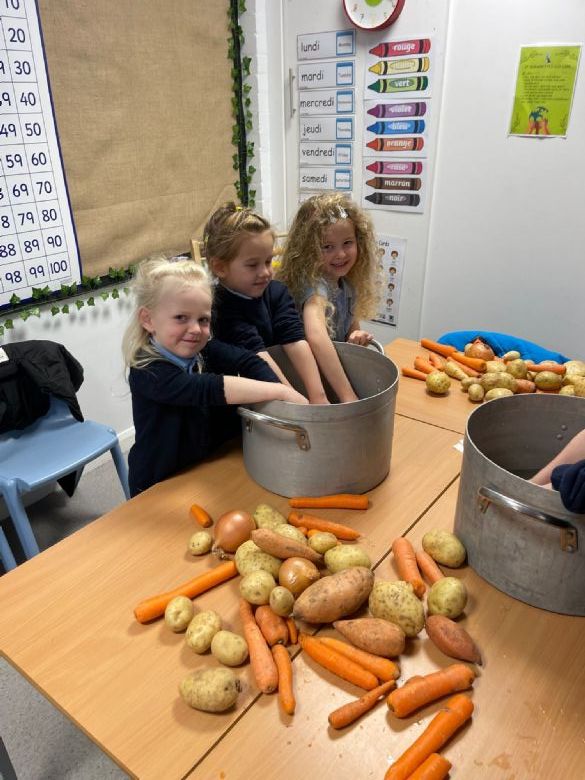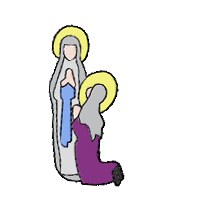DESIGN & TECHNOLOGY
‘Good buildings come from good people, and all problems are solved by good design’ Stephen Gardiner

Through design and technology, we aim to provide inspiring and practical opportunities for our children to take risks and so become more resourceful, innovative, enterprising and capable. We aim to develop a critical understanding of the impact of design and technology on daily life and the wider world whilst drawing on disciplines such as mathematics, science, computing and art. Through the evaluation of past and present design and technology, we aim to develop a critical understanding of how high-quality design and technology makes an essential contribution to the creativity, culture, wealth and well-being of the nation.
As with all our subjects, our curriculum design interrelates different strands of knowledge:
Substantive knowledge represents the technical content and vocabulary that is taught in each year group. In planning, this knowledge is the content we want pupils to know and remember.
Themes are explored in each year group and represent the methods or conceptual frameworks used by designers. By highlighting these themes, we are able to ensure that connections are made so that children can easily activate prior knowledge and begin to develop familiarity and confidence, which then supports their future learning within the subject. In design technology our themes include:
- Aesthetic – Understanding the idea of the visual vs the practical.
- Movement – Examine designing for and with movement and pace.
- Strength – Examine how to build physical strength and explore how this can effect a product.
- Shape – Understand how the shape of a product can be both for function and aesthetics.
- Colour – Explore colour choices for function and aesthetics.
Disciplinary knowledge represents the skills of a Designer. This knowledge, broken into key categories of knowledge, is vertically integrated into progression sequences across key stages so that we can ensure progression and provide opportunities for pupils to build, revisit and deepen their knowledge and understanding over time.
Assessment in Design and Technology is more than just knowing designers, products or materials. We assess the pupils’ ability to apply their knowledge through our clearly defined outcomes at the end of each unit of learning. This provides information on the children’s ability to use a combination of substantive, disciplinary and procedural knowledge.
